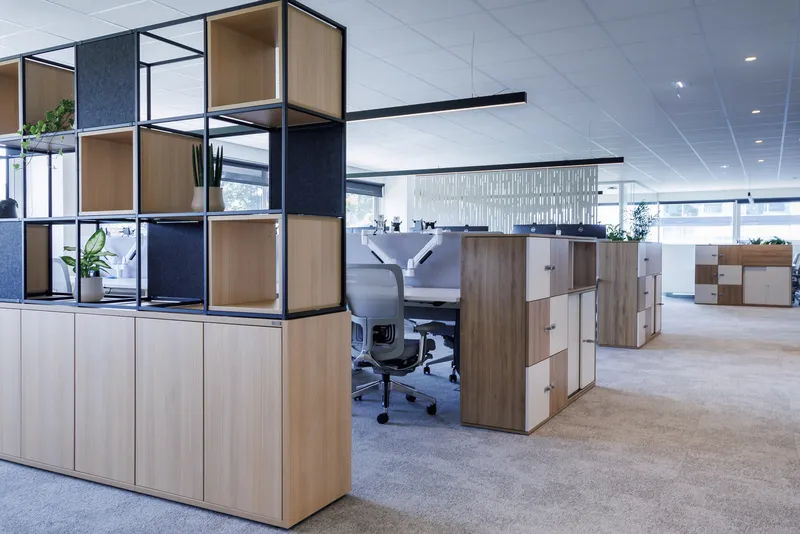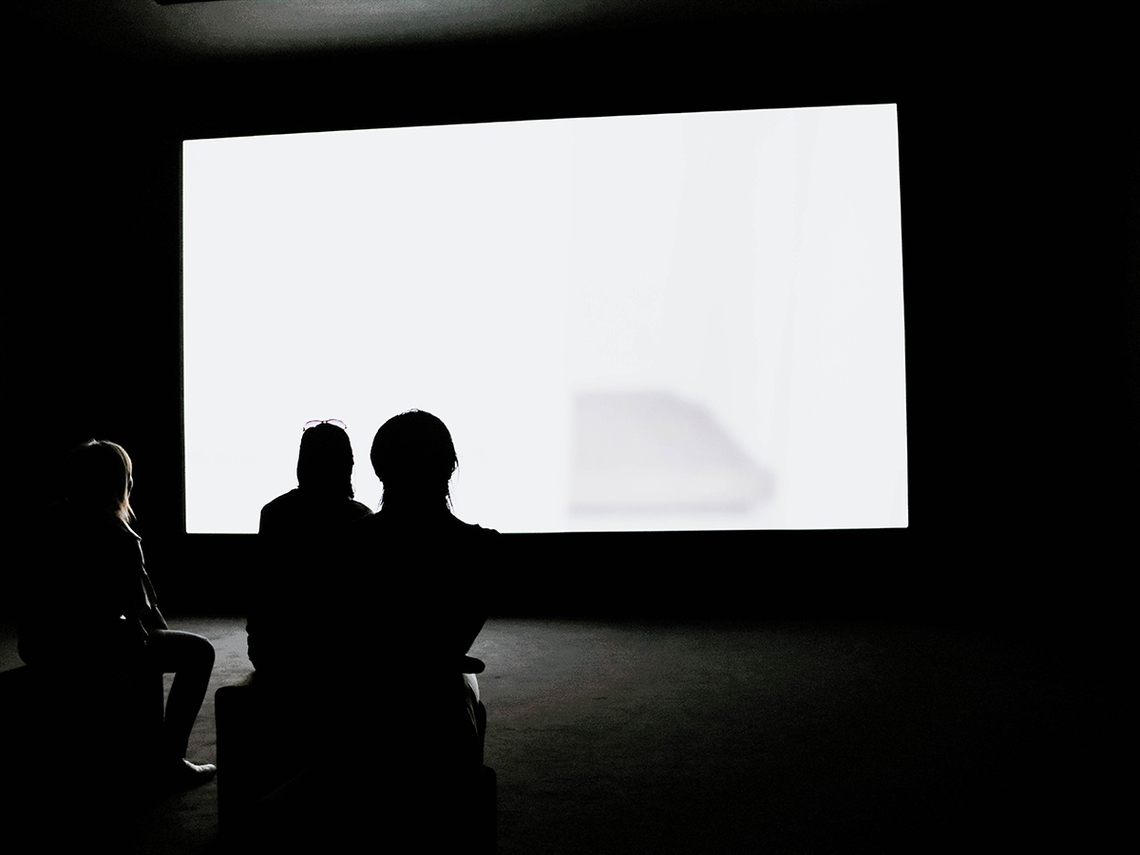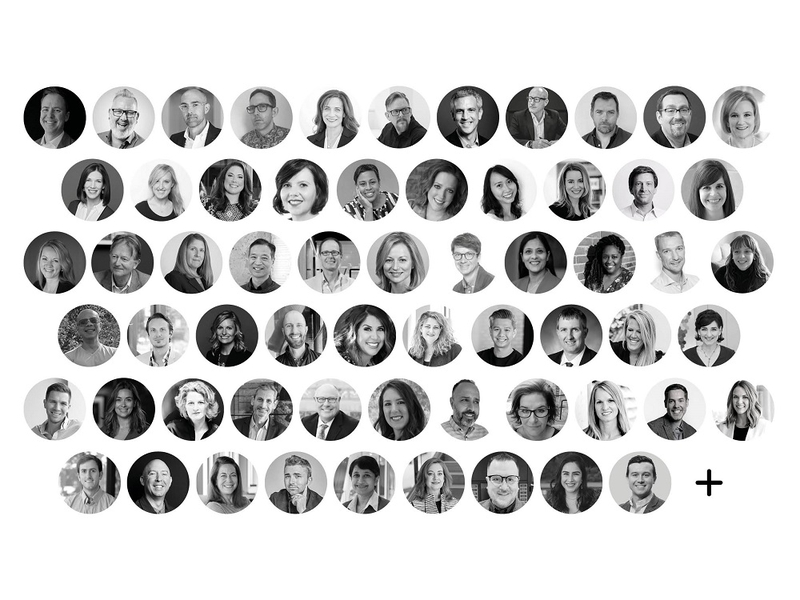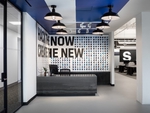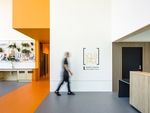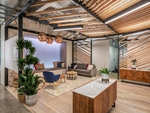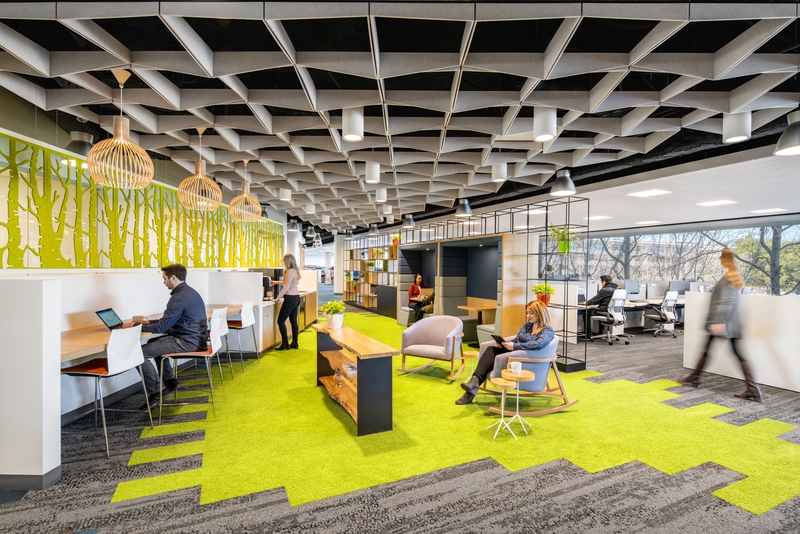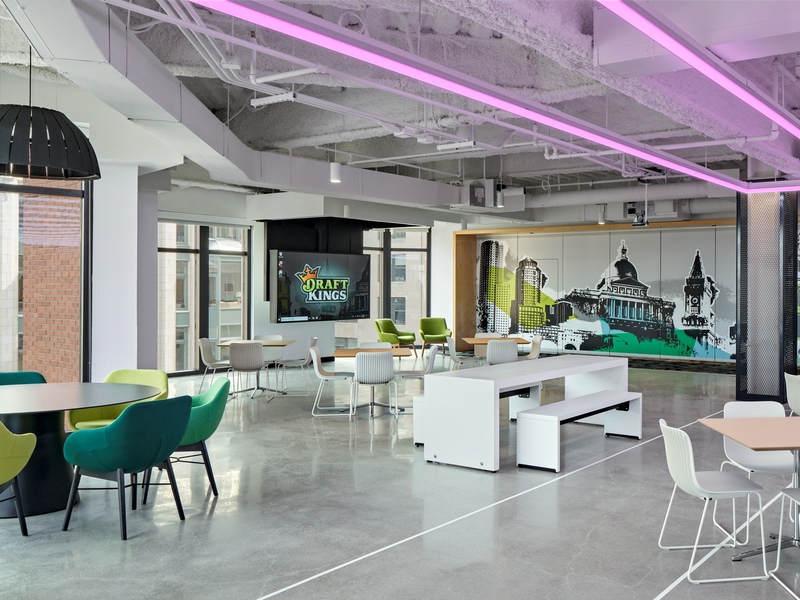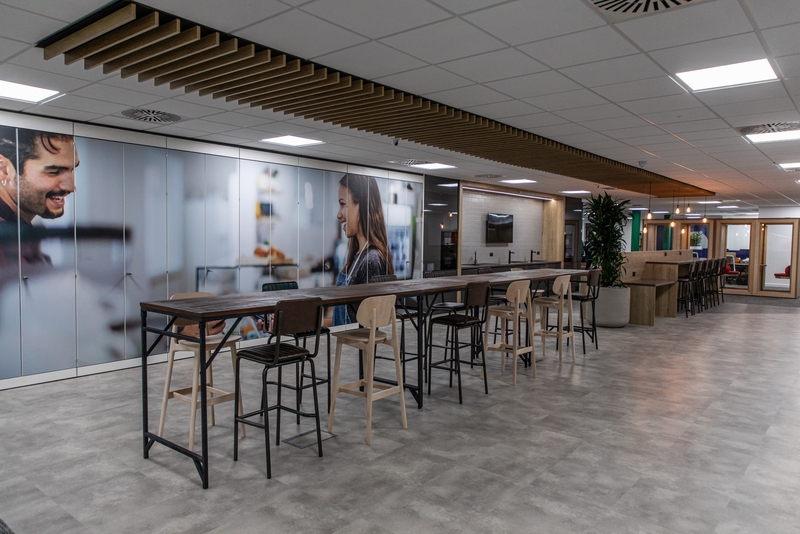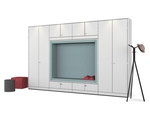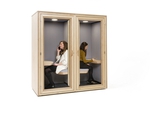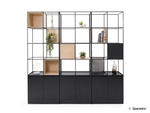28 May 2020
Industry Trends, Return to the Workspace Solutions
We are beginning to see the workplace return slowly crystallise with lockdown measures across many regions gradually eased. And this collective work-from-home experience certainly has not inhibited learning; whilst many of the impacts of COVID-19 are yet to be clarified, an increase in the collection of survey data is enabling us to predict more accurately the expectations of the workforce anticipating the return. A recent study published by Gensler last week surveyed 2,300+ full-time US knowledge workers at companies of 100 or more people across 10 different industries, from which they concluded that ‘people overwhelmingly want to return to the office’, with ‘only 12% of US workers wanting to work from home full-time’. Another clear conclusion that this data also brought to light is that people are expecting significant changes to the workplace environment in respect of social distancing and densification concerns.
So the workplace is here to stay, however the new challenge is; how can our design response convince people that our buildings are healthy and safe? Our homes are an area where we feel in control, safe and secure. To entice people back to the workplace, this same level of safety and control needs to be reflected, so much so that employees can trust the workspace as a second safe haven that they belong to. Each and every one of us has experienced the same health-related anxiety, so the sensitive care of employee health and wellbeing is going to be the ultimate purpose forming the return strategy.

Change Management
So, based on this data, we can now make the more secure assumption that the vast majority of the workforce are keen to return. However, they are going to expect notable changes to the pre-pandemic environment in the light of elevated concern as to personal health and wellbeing. Undoubtedly, the panic caused by coronavirus has engendered a greater level of consciousness amongst people about their immediate surroundings posing the potential risk of the invisible transmission of communicable viruses or disease. People will return with the expectation that this risk needs to be minimised as much as possible through a visible design response. To effectively manage the transition from a home working environment, where people feel a much higher level of safety and control, into the workplace, employers need a clear and precise understanding of people’s expectations.
In Gensler’s recent survey, when employees were asked what they missed most about working from the office, 3 out of 4 survey respondents said “the people”; so 75% of the workforce will be returning to rekindle that shared work experience and repossess the human connection that we have all been missing so much. However, the same survey told us that 55% of people reported that in order to feel comfortable returning to the office, a combination of stricter sick policies and changes around office cleaning and space configurations that accommodate physical distancing must be made first. So with this increased desire for physically bringing a community back together comes elevated safety and hygiene concerns and the need of social distancing. It’s on the employer to successfully strike the balance between an environment that embraces a reunited community whilst maintaining physical distancing and a new level of hygiene control.
To strike this balance, effective change management will be fundamental to success. It’s not enough just to tell people that a building has been redesigned to resist the threat of the health crisis. There needs to be clear evidence to show people why the workplace is a safe place to return to. A communication strategy needs to be executed to clearly define new protocols (and the scientific reasoning behind them), behavioural expectations and return programmes. This needs to be delivered with a certain level of empathy, demonstrating an understanding of the numerous unique personal scenarios that will be disrupted by these changes. Following this, the need for listening to employees will be just as essential as guiding them into the immediate return state.

Mutual Trust
Although we’re gaining greater insight on the state of the immediate return to the workplace through data collection, nobody can accurately predict what it’s really going to be like. It’s an unknown situation that nobody’s experienced before. We’re hearing many companies speak of a staggered return, starting with 10% of the workforce returning in the first wave. As Randall Whinnery, VP of Design at Fidelity Investments, said on a recent panel discussion with Spacestor, “the question I have, and I think we all have, is that as that 10% goes back, how many of those are going to stay?” This will be a true sign of how effectively this transition back into the workplace was managed. If the return is not a huge success at this initial stage, this will increase the pressure on employers to rethink their change management strategies as they aim to attract more of the workforce back.
During this stage of the immediate return, there needs to be a working relationship of mutual trust between the employers and their employees. As Steve Collins, Associate Director at TP Bennett, said on a recent panel discussion, “you trust that your employer and your fellow employees are also looking out for symptoms and taking care, and the office space can potentially be a relatively safe space”. To achieve an atmosphere of safety and security felt by all space users, there needs to be a collective understanding of new behavioural expectations, which needs to then be respected by everyone. Once everyone has put this into practice, the communal experience of returning should gradually instill confidence into people that they are returning to a healthy and safe environment.

Perception vs Reality
The entire user journey needs to be analysed: from the moment they leave the safety of their homes, up until arriving at the workplace, collaborating and socialising with colleagues, and then returning home at the end of the day. Everyone needs to feel in control of their personal health and safety and be able to place trust and confidence in their working environment that it’s supportive of this. Interiors will need to intuitively guide people to safely interact and navigate the workspace, providing visual cues as soft signalling of distancing. The ability to be able to perceive a sense of health and safety will be key to gaining the trust of employees.
On the same recent panel discussion, Randall Whinnery was discussing how they amended their mission statement at Fidelity: “it wasn’t just health and safety but the perception of health and safety, because we need to instill confidence into our associates that they are coming back to a healthy, safe environment”. He then made an interesting statement: “you cannot discomfort the power of perception when it comes to getting people back in the office”. One example is the ubiquitous sneeze guard; when you look at the science of a sneeze cloud and how far those droplets travel, the reality is that a plexiglass screen is not going to be enough to protect one person from another, however the perception this gives is a feeling of safety and protection which is essential for gaining the trust of people returning.

Perpetual Beta
The immediate return to the workplace will be one huge experiment. Our design response will most likely adapt, change and evolve as we learn more about the virus and collect data on the success of the renewed experience. The new reality must be worth the commute as employees want to return without feeling as though they are sacrificing their personal safety. We will need to work together to shape a human-centric experience that acts as a stronger community builder than ever before. People need to feel as though they are returning to an environment where they can feel the same safety as they would at home. The workplace needs to become their second safe place away from home where they can experience valuable collaboration and socialisation and feel that their personal wellbeing is valued.
To stay connected with this topic, join our ongoing panel discussions here.
Share this article




